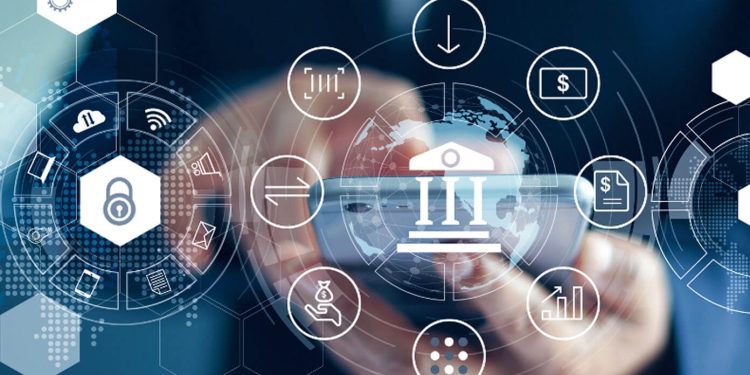The digital transaction is becoming hugely popular among the youth and the old cohort. It is resolving the challenges of COVID-19 infection; the technology is eliminating the paper cash passed onto the thousands of consumers.
The “touch” or the contact transaction has been the way of life for many users, but still, the emergence of digital banking hasn’t disappointed these users. As known, digital banking isn’t a new phenomenon, consumers were using this technology long back. But that time, it was used as a convenience; in the current scenario, many are using it for safety purposes.
What exactly is digital banking?
It is the digitization of banking activities, where the user can execute the financial transaction at the click of a button. It helps improve the customer experience as he doesn’t need to visit the bank for every small financial activity. This solution includes the services such as the web-based one and process automation. The system can offer financial data through both the devices the desktop and the mobile.
What are the benefits of digital banking?
There are numerous benefits of digital banking:
Have complete control:
Every user feels complete control over their accounts while executing these transactions. They can check their balance, have the history of their entire transactions and many other such facilities. It gives a sense of power and users like the fact that they own their account. They don’t need to ask any other bank executive to get the crucial information.
Transaction 24/7:
Banks have a fixed working hour, and if the consumer has to execute any activity sans digital banking, it could consume a lot of time. With digital banking, they could carry out the transaction at their convenient time. Having the facility of 24/7 transactions is a relief for many users.
A matter of security:
Security is a great concern for many consumers. With digital banking, the user can be assured of security. The current security practice, that banking applications are providing is biometric authentication. This stores the unique information about the individual customer that doesn’t allow any other users to access their account.
Plus, the user also feels secured as he doesn’t need to carry huge cash while travelling.
A good number of features:
In the current times, the digital banking experience through mobile applications offers quality features. It enhances the experience of the user. It has record maintenance, deposits and withdrawals, introduction to the financial products, customer relationship management, loan management and other new features.
The overall process makes the entire digital banking system a fruitful one.
Chatbot assistance:
Customer support in many digital banking is leveraging the service of chatbots. These bots could guide the customers in the best way. It answers some common questions, frequently asked by the customers.
How will digital banking look in the future?
Digital banking in the coming years would integrate more advanced technologies. They would have an all-round view of the customers. They would drive the process based on advanced artificial intelligence and robotic automation services.
[Also Read: The Three Technologies that can Permanently Change the Banking Sector]
Conclusion:
Digital banking would be a great experience for the user in 2021 and in the coming years. With innumerable benefits, and technology integration, the solution would further attract a high number of customers, and let them avail the opportunities.
Digital banking has an edge over traditional banking with its unique features digital wallet, mobile banking, personal financial planning, UPI system and others. In today’s world, where business customers are always on the move, digital banking significantly helps eliminate physical cash.







